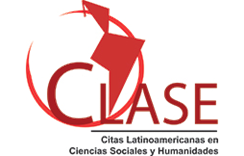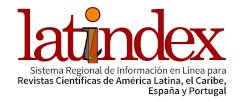A DÍVIDA DIGITAL NO CAMPO BRASILEIRO
UMA ANÁLISE NACIONAL E REGIONAL A PARTIR DO CENSO AGROPECUÁRIO 2017
DOI:
https://doi.org/10.54399/rbgdr.v20i1.7333Keywords:
Family Farm, Digitalization, Digital divide, Regional and rural developmentAbstract
The objective of the article was to analyze digitalization in the two types of Brazilian agriculture (family - AF and non-family - ANF), in different regions of the country and groups of producers, in order to highlight the serious "digital debt" that still persists in the sector onn the threshold of the 21st century. To this end, a review of part of the recent literature on the subject and the unpublished data of “special tabulations” of the 2017 Agricultural Census prepared by the IBGE team were used. The results show that the internet is still absent in more than 70% of agricultural establishments in the country and, when present, the mobile connection predominates, which is not the best quality. In relative terms, family farming is the least assisted in all regions, especially the poorest farmers (PRONAF Group B). The North and Northeast regions are the ones with the worst indicators in terms of connectivity and the South has the best percentages of access. The work concludes that in order to settle the existing “digital debt” in the Brazilian countryside, it is necessary to advance public State policies, as well as strengthen joint actions with private actors and local/regional innovation ecosystems at different territorial levels. Only then will it be possible to open up new opportunities for farmers and encourage more sustainable and inclusive rural development processes.
Downloads
Metrics
Downloads
Published
How to Cite
Issue
Section
License
Copyright (c) 2024 Revista Brasileira de Gestão e Desenvolvimento Regional

This work is licensed under a Creative Commons Attribution-NonCommercial 4.0 International License.
Authors who have their papers accepted and published in the Brazilian Journal of Regional Management and Development must agree to the copyright policy CC BY https://creativecommons.org/licenses/by/4.0/.
If the article is accepted for publication, the copyright is automatically assigned to the Brazilian Journal of Regional Management and Development.


















